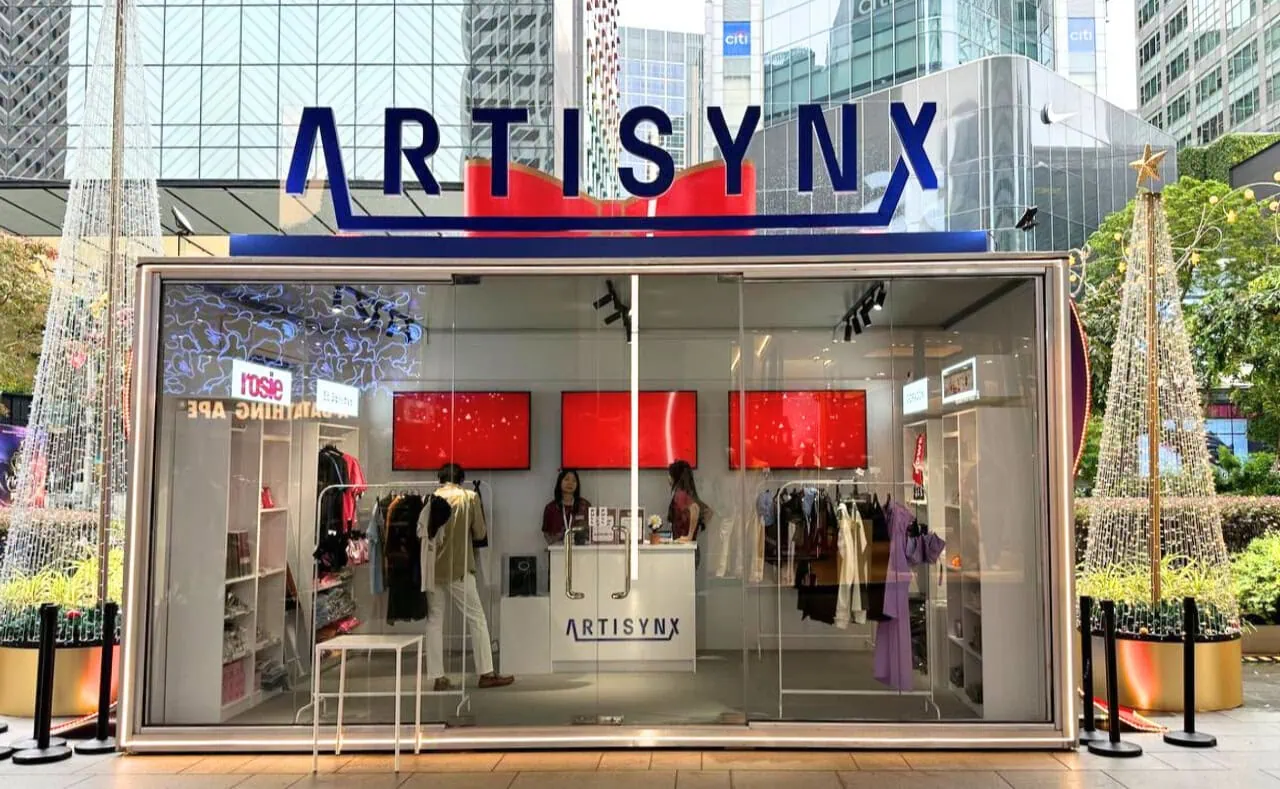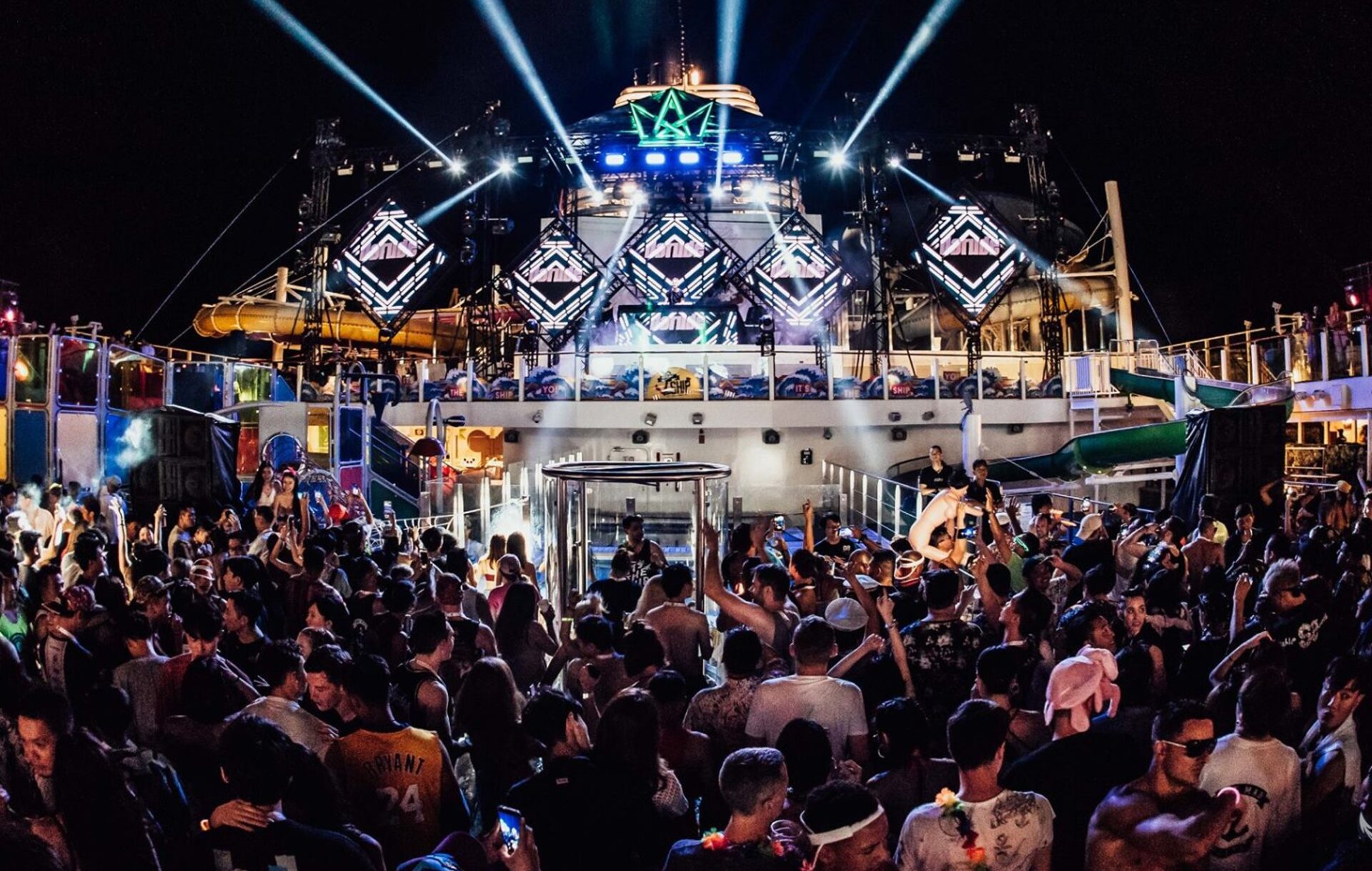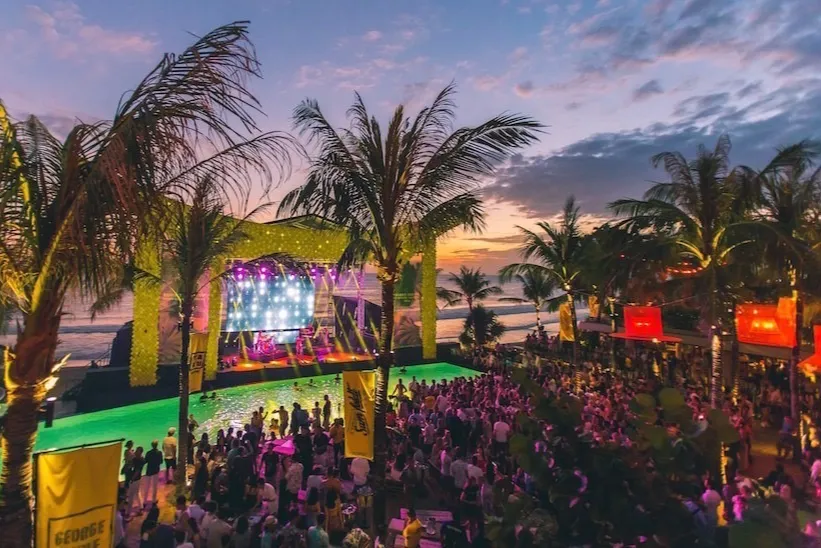A recent phenomenon has swept through the Geylang Serai Ramadan bazaar in recent years: hipster food creations sharing space side-by-side next to traditional Malay culture.
While this has injected new life and buzz in the bazaars, something peculiar is happening: many patrons queuing up eagerly to sample these treats for Instagram moments, and ignoring what makes the Ramadan bazaar different from others – an introduction into Malay culture.
https://www.instagram.com/p/BU-0AagArKp
Growing up, the Ramadan bazaar was a yearly affair for my family and I. We would go religiously, at least twice a week down to the stalls to savour some of the delights and bask in the festive cheer.
The face of Paya Lebar was an ever-changing one. From the former wet market at Geylang Serai surrounded by three old housing blocks, to the demolition of the Malay Village museum, it seemed that there was a sense of the yardstick of Malay culture constantly evolving.
It was a sad time when the Malay Village was demolished. I remember making the trip there and being fascinated by the tongkang that sat at the compound, and the various installations that reminded me just how beautiful and precious Malay culture is.
The trip to the Ramadan bazaar was always rounded off with a walk in the Malay Village, and now the only memory of that village is an open carpark.
The former wet market at what is now Wisma Geylang Serai was a hotbed of activity, with many foodstall operators coming up with traditional Malay treats – one stall will sell sweet treats like ondeh-ondeh, kueh lopis and badak berendam. Another stall would sell the meanest ayam percik on a makeshift grill, with the stall-owner deftly turning each stick and slathering the grilled chicken with a delectable sweet and spicy sauce that is addictive, to say the least.
https://www.instagram.com/p/BU-gO-9lvaV
Walk down a bit more past the pirated CDs stall (oddly, it was in front of a police van), and the most colourful dresses and baju kurungs were displayed, with capal and songkok (traditional slippers and headdress) for the men, and hijabs affixed with jewels and tassels for the ladies.
It is this bazaar that gave me my first start at a job, at 13. Working and standing outside a flower stall, I would crumple a leaf, spray it with water and then watch it straighten out like magic. This was the “magic flower”, and at $1 a stalk, many people soon came in to find some flowers to adorn their homes for Hari Raya.
Granted, it was a gimmick – but other flowers were also being sold and my boss made note to honour Malay heritage by also selling fancy ketupat weaves made out of ribbon that could be used as decorations
On the adjoining stall, accomplished Malay singer-songwriter Art Fazil was selling his CDs. Mum was a fan of his bearded look and long locks of hair and managed to get an autographed CD from him.
She also sang alongside Tanty Yushida in front of the whole bazaar (the stall beside mine was a record label that invited musicians to promote their albums), as I continued selling my flowers out on the street.
There was a sense of community in the Malay culture at the bazaar: artists, musicians, food and fashion all coming together organically to form the jigsaw that is the love, acceptance and celebration of a culture so rich and profound.
This culture was documented by Dr Imran Tajudeen, assistant professor at the National University of Singapore, who wrote about “bazaar icons” that debuted in the 1980s such as the tongue-in-cheek announcer of Bunga Kembang Malam (Night-blooming Flowers) who would spout absurd poems to get patrons into the stall to buy their flowers.
My worry is these young Instagram-generation kids will never get it. They will come to these new-fangled booths, see the rainbow bagels and dragon breath desserts, take all the photos they want and leave – without once interacting with traditional, authentic Malay culture.
And with some online sites championing such hipster food creations as the thing that makes up the Geylang bazaar, it does make me wonder if the Instagram generation will ever learn what it means to have an authentic culture if we don’t talk about it.
https://www.instagram.com/p/BU-9t-DlOFw/
The reluctance of the bazaar’s organisers in ensuring these stalls are halal-certified also destroys the sanctity of the bazaar, for this is not just any other manufactured Artbox fantasy: this is a yearly smorgasbord of Malay culture, and letting non-halal patrons enter the space is a slap in the face to the Malay community.
https://www.instagram.com/p/BU-d5CoACMF
The next time you go to the Geylang bazaar, sure – these hipster creations provide great fun. But don’t forget to look around too, at the wealth of organic culture around: the Ramly burgers, the baju kurung, the beef dendeng, the sweet Malay kuehs, the Fotohi carpet gallery guy who’s always auctioning something, the announcer for Bunga Kembang Malam who’s spouting the weirdest nonsense ever, and of course: the ketupat, lemang and serunding.
Because when you look past the Instagram and understand what you’re actually taking a photo of, will you understand if that food item is part of a manufactured false reality, or an organic authentic culture.
==
Keep culture journalism alive, at just the price of a kopi. For a little bit more, get access to exclusives and a monthly gift box. Donate at patreon.com/popspoken
Stay updated and social with Popspoken: Facebook | Twitter | Instagram







